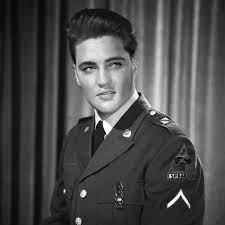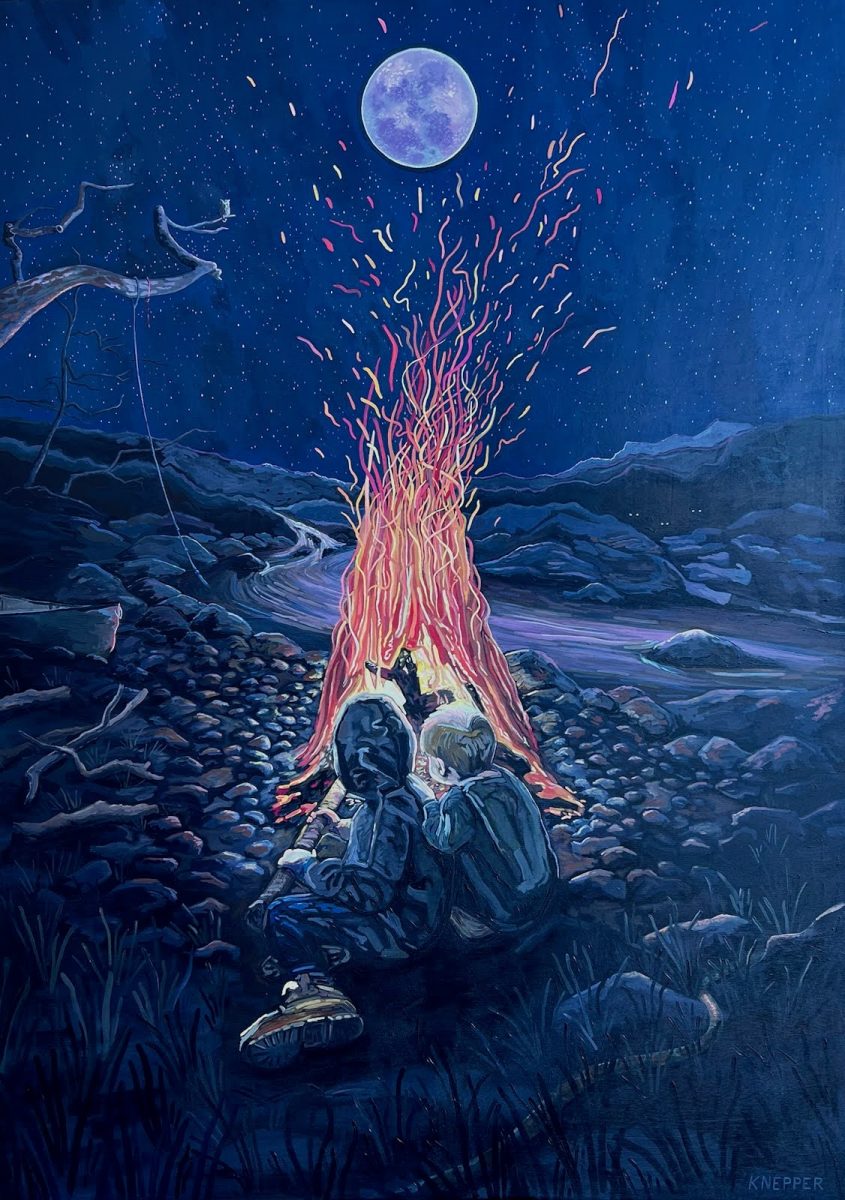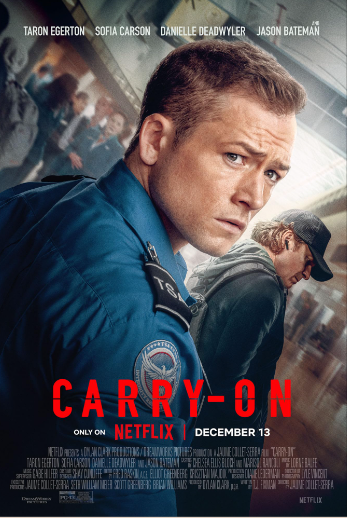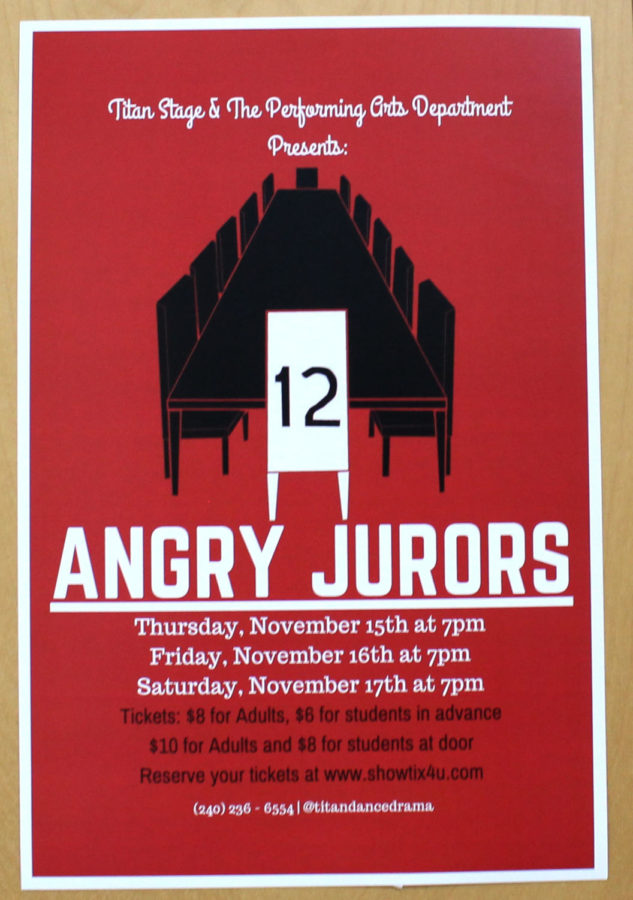Academic Spotlight: Behind the Scenes of 12 Angry Jurors
November 30, 2018
The Titan Stage performed 12 Angry Jurors as their fall production. This play was written by Reginald Rose in 1955 as an adaptation of the 1954 teleplay. The story takes place in late summer in a jury room. Set in early 1950’s New York, 12 jurors have been summoned to judge the case of a 19 year old boy charged with the murder of his father. There is one juror who has a reasonable doubt in his mind as to the guilt of the boy. Rose was on a jury when the idea of the play came to mind; the scenes being very similar to the interactions he observed between the men around him. Due to its lasting relevance throughout the years, 12 Angry Jurors was chosen to demonstrate the tensions America still grapples with in the 21st century.
Show dates included Friday, Nov. 16th, Saturday, Nov. 17th, and an additional date of Tuesday, Nov. 20th, to make up for the snowed-out show on Thursday, Nov. 15th. Friday night’s attendance was around 200 people, with Saturday night’s closer to 130. In previous years, shows were only performed for those who attended them on the weekends. Though with the missing date due to weather, a Tuesday performance was presented during school, in which the turnout was close to 400. Unfortunately, since we do not have information about ticket sales from previous years, we are not able to compare them to this season’s performance. However, the numbers in attendance were pretty strong considering the time of year, the not-so-great weather, and the fact that it was a play (Musicals tend to be more popular for theater patrons).
Obviously, anyone can assume that putting on a live theatrical production is a lot of work, but just how much work really goes into such a thing? Well, for the non-theater person, it may come as a surprise that there are literally hundreds of hours of effort put into everything from costuming, to set design, to lighting, and we haven’t even mentioned the actors having to remember the lines, and then rehearse their parts, both alone and with the other actors on stage with them. So this week’s academic spotlight is devoted to giving our readers a look inside the behind the scenes efforts that went into producing and performing 12 Angry Jurors.
The two main job titles in dramatic productions are actors and technicians. In professional environments, actors tend to only focus on the script and movement on stage, while the technicians work on lighting, sound, and set. But due to the fact that this was a high school production, everyone tries to help out with different jobs instead of being specifically restricted to the task associated with one’s title. Stage managers fall under that title of technicians, who act as the director’s right hand man. The stage managers keep everyone on task, taking notes throughout rehearsal as the director does their job.
The actors, as well as the stage, need to be properly lighted not only to be seen, but to provide emphasis on specific characters and their points. Lights take many weeks to program in order to get the timing and mood just right. For 12 Angry Jurors, the background set was built on the stage, while the actors practiced in Ms. Moore’s room during the construction of the set. Due to the fact that there’s only one setting, a jury room, there weren’t any big changes that needed to be made to the set pieces. This relieved the pressure of technicians having to change the set during blackouts, because the setting didn’t differ as it commonly does in theater productions. Ms. Moore made a smaller, but to scale, diagram of the set before Mr. Karos started construction with the set design crew. The set was essentially 4 walls, built as the walls of a real room would be built. These were propped up and painted accordingly. Costumes are thought of from the very beginning of the process, and take time to develop just as it takes time for the actor’s character to develop. A person’s clothing essentially defines who a person is- their disposition. Clothing styles in 12 Angry Jurors ranged from the high class, been planning an outfit for this occasion days in advance, to those who had just got off of their day job and had been summoned to the court.
Before opening night, all of these moving pieces have to come together, and bringing all these pieces together requires hours and hours of painstaking rehearsals and practices. But, when the curtain opens, and the actors take the stage, all of those endless hours of preparation and dedication comes full circle. If it looks easy to the audience, then the actors and stage crew have done their jobs, and the audience can simply sit back and get lost in the live drama playing out in front of them. At the Titan Times we would like to congratulate all the students involved in the fall production for putting on a memorable performance. We would also like to thank the parents involved, and especially the adults that contributed so much throughout this process: Ms. Moore, Mr. Karos, Mr. Moore, and Mr. Miller. If you enjoyed this article and think the theater is something you might be interested in, please see Ms. Moore in room D-100 for information concerning the Tuscarora Drama program.

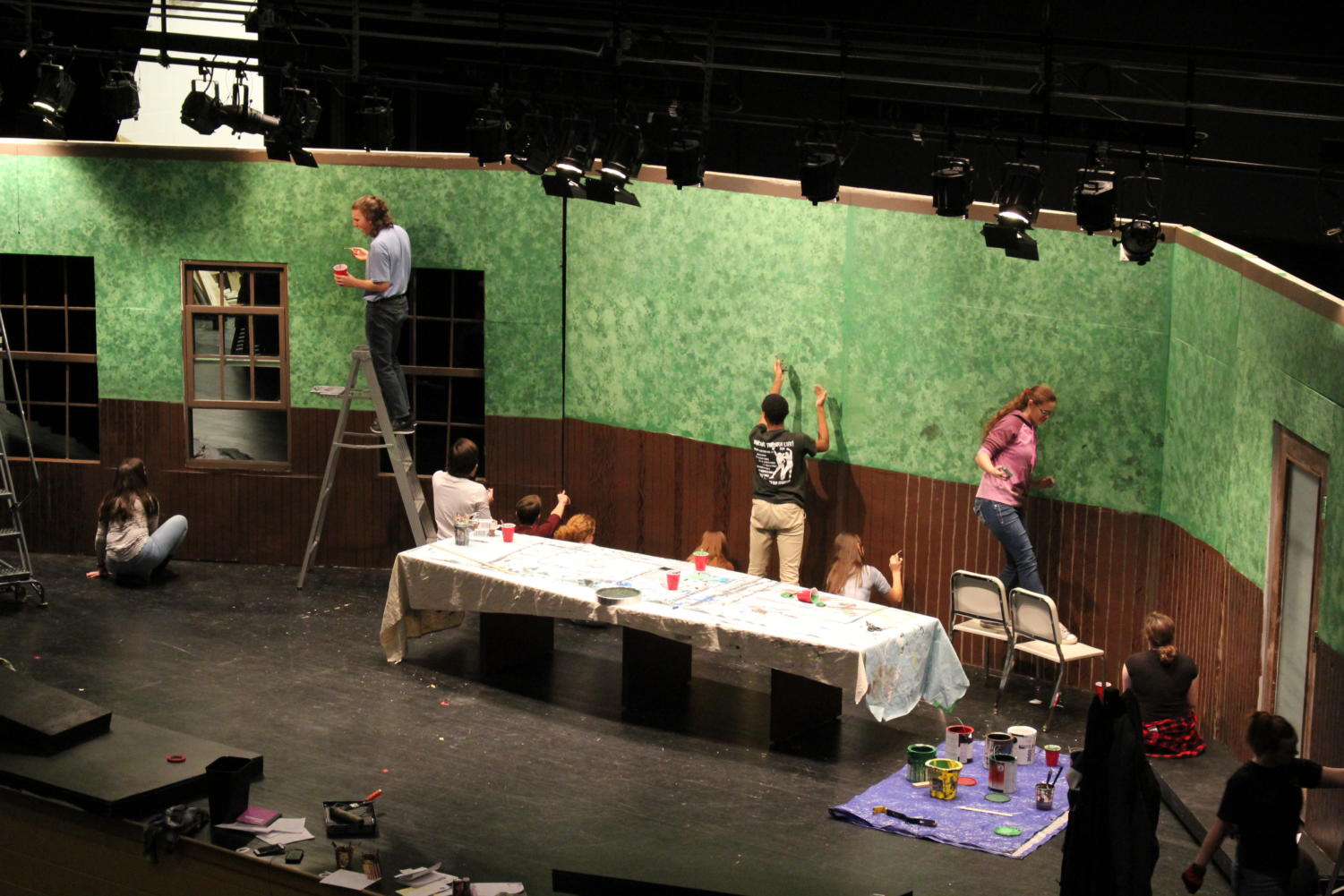
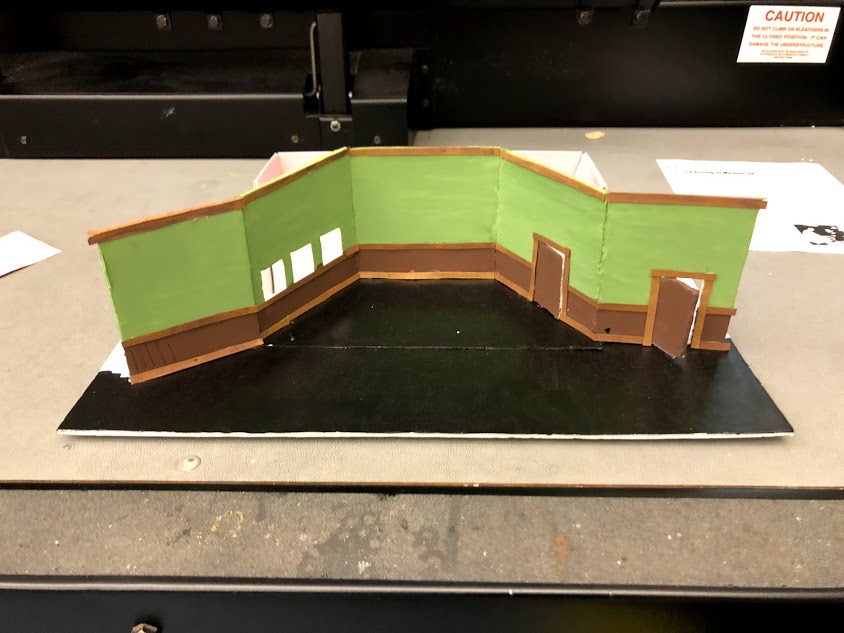
Citations:
https://www.bard.org/study-guides/about-the-playwright-twelve-angry-men
https://www.enotes.com/homework-help/reginald-rose-author-twelve-angry-men-wrote-play-460213



